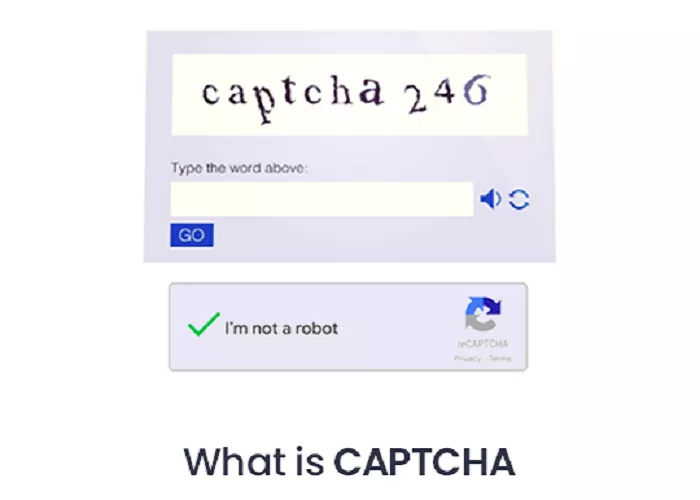In the digital age, ensuring that online interactions are secure and authentic is paramount. One of the tools developed to distinguish human users from automated bots is CAPTCHA. But what exactly is CAPTCHA, and how does it function? This article provides a comprehensive overview of CAPTCHA, its history, types, and its role in enhancing online security.
What is CAPTCHA
CAPTCHA stands for “Completely Automated Public Turing test to tell Computers and Humans Apart.” It is a type of challenge-response test used in computing to determine whether the user is human, aiming to prevent bots from accessing or interacting with online services. CAPTCHAs present tasks that are simple for humans but difficult for automated systems, such as identifying distorted text or selecting images containing specific objects.
History of CAPTCHA
The concept of CAPTCHA emerged in the late 1990s as a response to the increasing sophistication of automated bots. In 1997, researchers at Carnegie Mellon University developed one of the earliest forms of CAPTCHA, requiring users to decipher distorted letters and numbers. The term “CAPTCHA” was coined in 2003 by Luis von Ahn and his colleagues, aiming to create a public Turing test that could differentiate humans from machines.
How CAPTCHA Works
CAPTCHAs function by leveraging tasks that are easy for humans but challenging for bots. These tasks often involve recognizing distorted text, identifying objects within images, or solving simple puzzles. The underlying principle is that while humans can effortlessly perform these tasks, automated systems struggle, thereby preventing bots from accessing certain online resources.
Types of CAPTCHA
Over the years, various types of CAPTCHAs have been developed to enhance security and user experience. Some of the most common types include:
1. Text-Based CAPTCHAs
These are the traditional CAPTCHAs where users are presented with distorted letters and numbers and are required to type them correctly. The distortion and noise added to the characters make it difficult for bots to interpret them accurately.
2. Image-Based CAPTCHAs
Image-based CAPTCHAs require users to select images that contain specific objects, such as “select all images with traffic lights.” This type leverages human visual recognition capabilities, which are currently more advanced than those of bots.
3. Audio CAPTCHAs
Designed for visually impaired users, audio CAPTCHAs present a series of spoken letters or numbers that users must enter correctly. However, advancements in speech recognition technology have posed challenges to the effectiveness of audio CAPTCHAs.
4. Interactive CAPTCHAs
These involve tasks like dragging a slider to complete an image or clicking on specific areas of a picture. Interactive CAPTCHAs add a layer of user engagement while serving their security purpose.
Role of CAPTCHA in Online Security
CAPTCHAs play a crucial role in safeguarding online platforms by:
- Preventing Spam: By ensuring that only humans can submit forms or post comments, CAPTCHAs help reduce unwanted spam content.
- Protecting User Accounts: CAPTCHAs add an extra layer of security during account creation and login processes, thwarting automated attacks.
- Blocking Data Scraping: They prevent bots from extracting large volumes of data from websites, which could be used maliciously.
Challenges and Limitations
While CAPTCHAs are effective, they are not without challenges:
- User Frustration: Some CAPTCHAs can be difficult to solve, leading to user frustration and potential abandonment of the site.
- Accessibility Issues: Visually or hearing-impaired users may struggle with certain types of CAPTCHAs, such as image-based or audio CAPTCHAs.
- Evolving Bot Capabilities: As AI and machine learning technologies advance, bots are becoming better at solving CAPTCHAs, prompting the need for more complex tests.
The Future of CAPTCHA
To address the evolving landscape of online security, CAPTCHA systems are continually evolving. Developers are exploring new methods, such as behavioral analysis and biometric recognition, to distinguish humans from bots more effectively. Additionally, some platforms are moving towards invisible CAPTCHAs that operate in the background, reducing user friction while maintaining security.
Conclusion
CAPTCHAs are a fundamental component of online security, serving as gatekeepers that differentiate human users from automated bots. While they present certain challenges, ongoing advancements aim to improve their effectiveness and user-friendliness. Understanding CAPTCHA’s role and evolution is essential for both users and developers striving to maintain a secure and seamless online experience.

